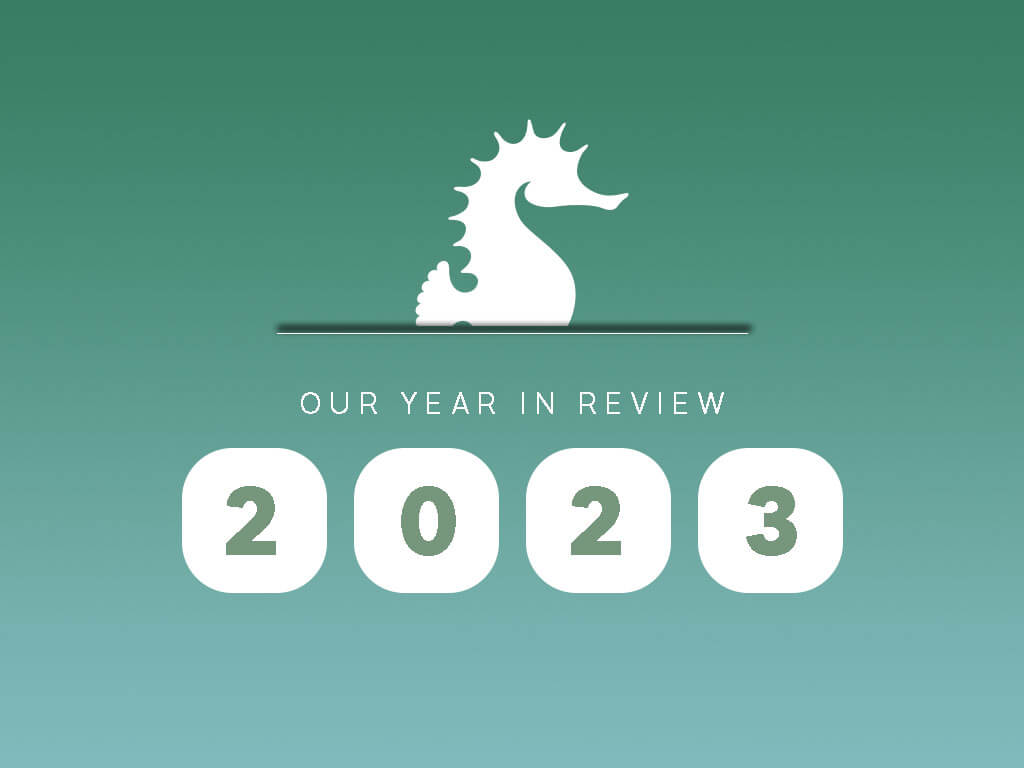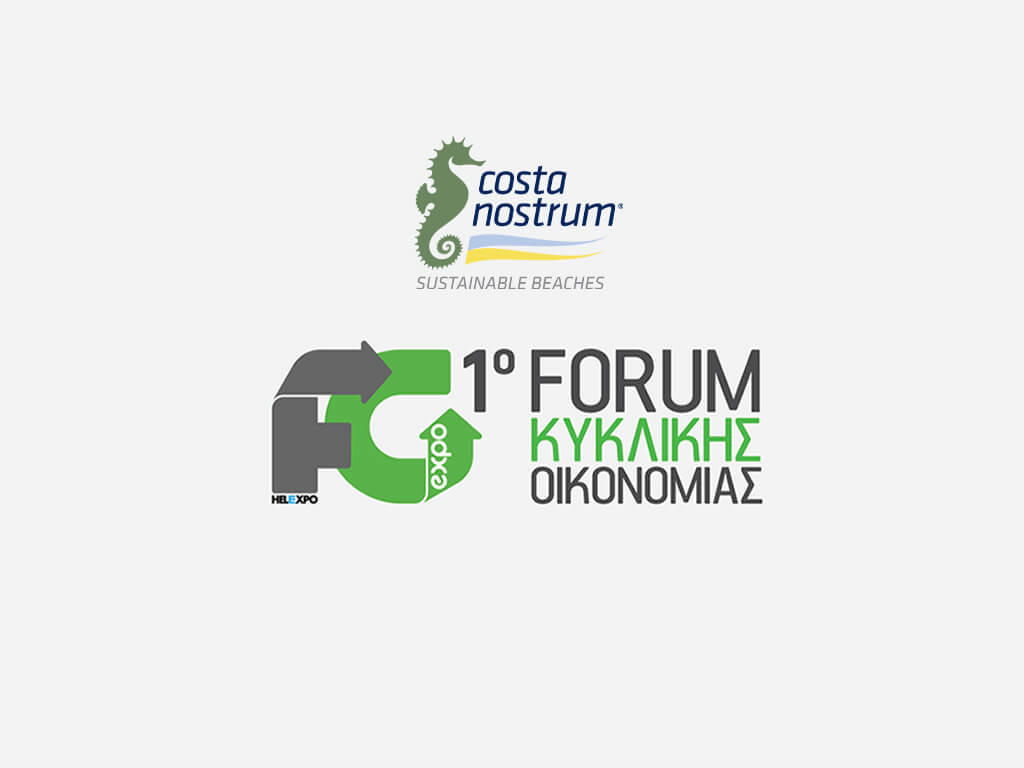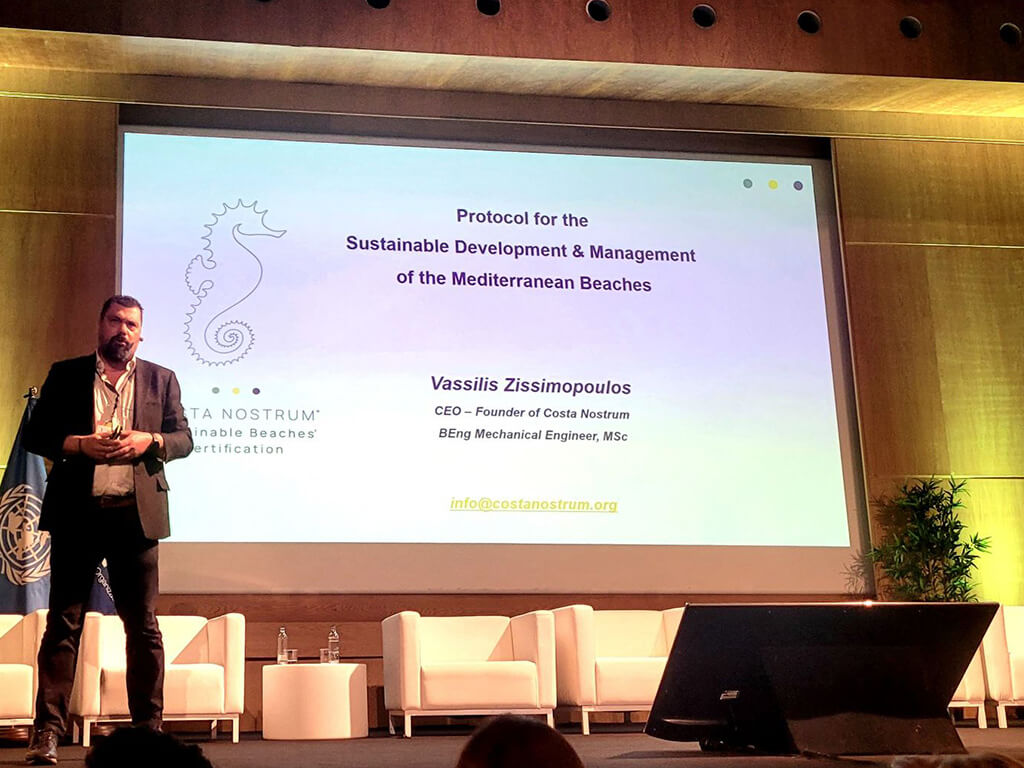But how can sustainable tourism be achieved? The role of central and local governments is crucial. The government and local authorities should turn their national and regional strategy towards sustainability, implementing actions to utilize the country’s resources without destroying them, protecting the environment and societies, and presenting an attractive and dynamic tourism product.
In this effort, however, the leading role is played by companies that are active, directly or indirectly, in tourism. Without their adoption of sustainability strategies, any government action will remain within the scope of the announcements.
Visitors are now beginning to demand action and are pushing both tour operators and tourism businesses to operate on sustainability principles.
Did you know that with a well-designed sustainability strategy, small and medium-sized businesses can increase their profits by up to 51% in three to five years? After years of research, this is what says Bob Willard, an expert on corporate sustainability strategies.
Even if you are one of those who are not so enthusiastic about green tourism and sustainability, increasing profits, when not at the expense of people or the environment, is a good goal.
But a goal without a plan is just a wish!
A report by Bain & Company (January 2017), entitled “Achieving Fundamental Sustainability Results, ” found that 98% of sustainability initiatives fail because they do not have senior management support to ensure that the project has sufficient resources. That employees are committed and supportive, that no other priorities come into play, and clear metrics for success.
Successful sustainability action plans have the following headings or column categories:
- Action (what do you plan to do)
- Category (water, waste, energy, etc.)
- Action steps (steps to complete)
- Team member (manager)
- Budget (actual cost, or low, medium, high)
- Chronology (use of exact dates)
- Status (ongoing, completed)
- Measurement (how is it measured?)
- Update your plan every month and good luck!
from: greekhotelier.gr








